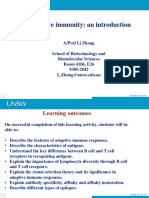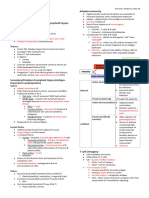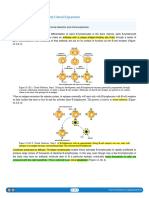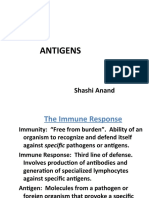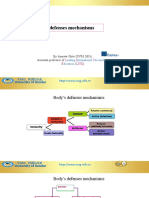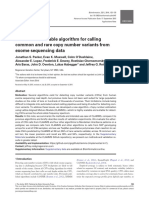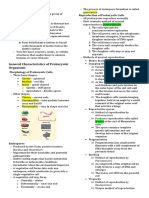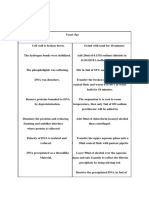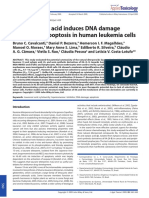0% found this document useful (0 votes)
16 views22 pages5 Introduction To Adaptive Immunity
The document provides an overview of adaptive immunity, focusing on the differences between innate and adaptive responses, the roles of T and B lymphocytes, and the structure of their receptors. It discusses the mechanisms of antigen recognition, the significance of clonal selection theory, and the genetic basis for receptor diversity. Key historical figures and discoveries in immunology, such as Louis Pasteur and Paul Ehrlich, are also highlighted.
Uploaded by
akshaya2004Copyright
© © All Rights Reserved
We take content rights seriously. If you suspect this is your content, claim it here.
Available Formats
Download as PDF, TXT or read online on Scribd
0% found this document useful (0 votes)
16 views22 pages5 Introduction To Adaptive Immunity
The document provides an overview of adaptive immunity, focusing on the differences between innate and adaptive responses, the roles of T and B lymphocytes, and the structure of their receptors. It discusses the mechanisms of antigen recognition, the significance of clonal selection theory, and the genetic basis for receptor diversity. Key historical figures and discoveries in immunology, such as Louis Pasteur and Paul Ehrlich, are also highlighted.
Uploaded by
akshaya2004Copyright
© © All Rights Reserved
We take content rights seriously. If you suspect this is your content, claim it here.
Available Formats
Download as PDF, TXT or read online on Scribd
/ 22






